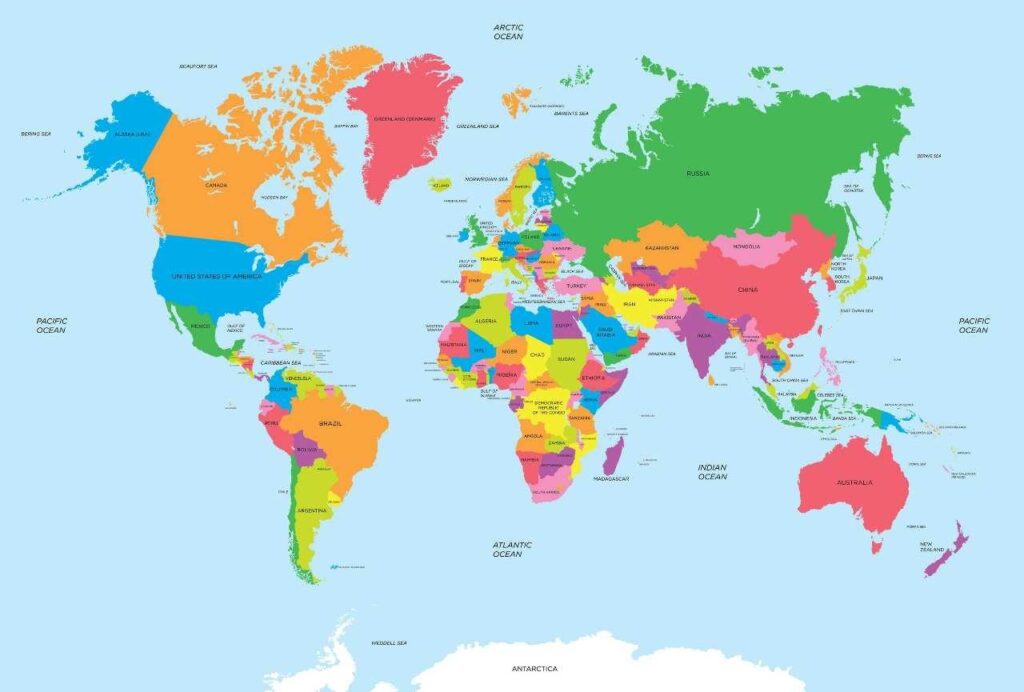In the high-stakes world of military aviation, China’s J-10 and J-20 fighter jets have been making waves with their advanced technology and sleek design. However, despite their impressive capabilities, many countries are hesitant to add these aircraft to their arsenals. In this article, we will explore the reasons behind why countries are choosing to steer clear of China’s fighter jets and what implications this may have for the global arms market.
Challenges with Chinese Fighter Jet Technology
One of the main , specifically the J-10 and J-20 models, is the lack of trust and reliability associated with these aircraft. Many countries are hesitant to purchase Chinese fighter jets due to concerns about the quality and performance of the planes. This lack of trust in Chinese technology has made it difficult for China to compete with other countries, such as the United States and Russia, in the international market for fighter jets.
Another challenge that China faces with its fighter jet technology is the issue of intellectual property theft. There have been allegations that China has stolen technology from other countries to develop its own fighter jets, leading to concerns about the originality and authenticity of Chinese aircraft. This has further fueled skepticism among potential buyers and has made it harder for China to establish itself as a reputable player in the global aerospace industry.
Questionable Quality and Reliability Concerns
When it comes to military aircraft, quality and reliability are of utmost importance. China’s J-10 and J-20 fighter jets have been met with skepticism and hesitation from potential buyers around the world. Here’s why:
- Poor Track Record: China’s military aviation industry still lacks the experience and reputation of more established manufacturers like Lockheed Martin or Boeing.
- Lack of Transparent Testing: There have been concerns about the lack of transparent testing procedures and data sharing from China, raising doubts about the actual performance of their fighter jets.
| Concerns | Solutions |
|---|---|
| Quality Control | Implement stricter quality control measures and international standards. |
| Reliability Issues | Invest in research and development to improve reliability and performance. |
Geopolitical Implications of Purchasing Chinese Fighter Jets
When it comes to purchasing fighter jets, many countries are hesitant to buy Chinese-made aircraft such as the J-10 and J-20. There are several geopolitical implications that factor into this decision:
- Reliability: Chinese aircraft are often perceived as less reliable compared to Western-made fighter jets, which raises concerns about safety and performance.
- Political Tensions: Buying Chinese fighter jets could strain relationships with other countries, especially those that are allies of the United States or have ongoing territorial disputes with China.
Additionally, there are concerns about the lack of interoperability with existing military hardware and systems, as well as potential cybersecurity risks associated with purchasing Chinese-made aircraft. These factors contribute to the reluctance of countries to invest in Chinese fighter jets, despite their lower cost compared to Western alternatives.
Alternative Options for Countries Seeking Advanced Military Aircraft
One of the main reasons why countries are hesitant to purchase China’s J-10 & J-20 fighter jets is due to concerns over technological capabilities and reliability. The J-10, while a capable aircraft, is seen as outdated compared to other advanced military aircraft options available on the market. It lacks some of the cutting-edge technology and features that can be found in aircraft from countries like the United States, Russia, and European nations.
Additionally, there are concerns about the transparency and trustworthiness of China’s military industry. Some countries worry about the potential for espionage or hidden vulnerabilities within Chinese-made aircraft. This lack of trust in the reliability and security of Chinese military technology makes countries look towards alternative options when seeking advanced military aircraft.
The Way Forward
the decision for countries to refrain from purchasing China’s J-10 and J-20 fighter jets undoubtedly stems from a multitude of factors that range from geopolitical tensions to technical limitations. While these aircraft may boast impressive capabilities, the skepticism surrounding their reliability and origin presents valid concerns for potential buyers. As the global defense landscape continues to evolve, it remains to be seen how China’s fighter jets will fare in the competitive market of military aviation. Only time will tell if these aircraft will overcome the obstacles that currently hinder their widespread adoption on an international scale.
